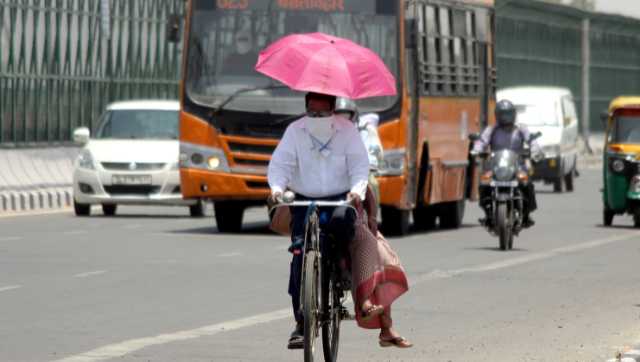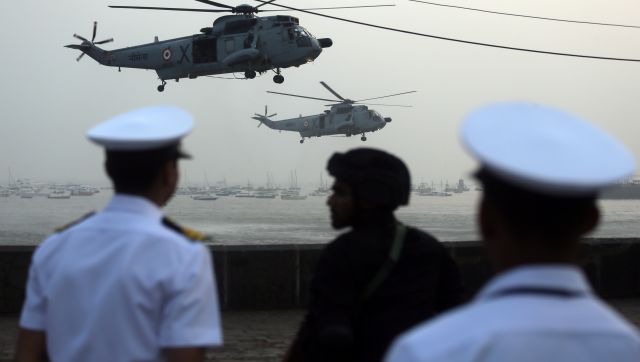North India and this time of year are never on terms. The reason being the end of June often coincides with the arrival of the monsoon i.e., the rush of moisture from either Bay of Bengal or the Arabian Sea towards the northern plains of the country prior to the onset of the rainy season.
This year is no different but rather worse. North India has already faced back-to-back several episodes of heat waves and the weather was dry from late February until a spell of decent pre-monsoon showers around June midweek. Normally, heat waves take a backseat and the moisture-laden winds take over the region around this time of the year which eventually brings respite from harsh dry hot days but for a short period of time.
As the level of humidity rises in the environment, the mix of high temperature and increased humidity exaggerates the real feel temperature and the weather becomes suffocated. To make things worse, nights get warmer as high moisture content leads to the formation of moisture-laden layers in the atmosphere, blocking/dimming the sunlight and trapping the heat which generally reflects back at night time but now acting as a greenhouse effect, resulting in an increase of night temperature.
Now the question arises is what’s the real feel temperature? Real feel, as the name suggests, is the temperature that we actually feel.
During the heat wave, the weather is dry and it turns hot but during humid weather – the real feel actually rises manyfold than the real temperature. For example, on Tuesday afternoon the Delhi base observatory at Safdarjung reported a temperature of 40.4℃ and the humidity level at the same time was 45 per cent. However, in reality, the temperature we felt was 53℃. In short, during humid winds, the weather turns really sultry. In scientific terms, this humid real feel is known as the heat index.
Below is the heat index of some stations of North India reported at 2:30 pm on 28 June, Tuesday:
Patiala – 38.0°C 59 per cent Heat Index – 54°C
Jhansi – 42.0°C 39 per cent Heat Index – 53°C
Delhi – 40.4°C 45 per cent Heat Index – 53°C
Amritsar – 39.6°C 46 per cent Heat Index – 51°c
Bikaner – 44.0°C 27 per cent Heat Index – 50°C
Ganganagar – 45.2°C 24 per cent Heat Index – 50°C
Jaisalmer – 42.2°C 33 per cent Heat Index – 50°C
Hisar – 43.4°C 28 per cent Heat Index – 49°C
Churu – 43.4°c 23 per cent Heat Index – 46°C
Now, the respite seen is only in the form of monsoon rains picked up over east Uttar Pradesh as Gorakhpur recorded 84mm, Varanasi 66mm ending 8:30 am on 29 June.
As per the Indian Meteorological Department and various weather models, rains are all set to pick up pace and cover many parts of Uttar Pradesh by tonight.
Monsoon is expected to hit Delhi NCR, Haryana, Punjab and Chandigarh with scattered moderate rains on 30 June and showers will extend till 1 July.
The relief from Heat Index might not last long as soon as rain decreases, the real feel temperature will spike as rainy days are way less in north India compared to the core monsoon zones.
The author, better known as the Rohtak Weatherman, interprets and explains complex weather patterns. His impact-based forecasts @navdeepdahiya55 are very popular in north India.
Read all the Latest News , Trending News , Cricket News , Bollywood News , India News and Entertainment News here. Follow us on Facebook , Twitter and Instagram .


)




)
)
)
)
)
)
)
)